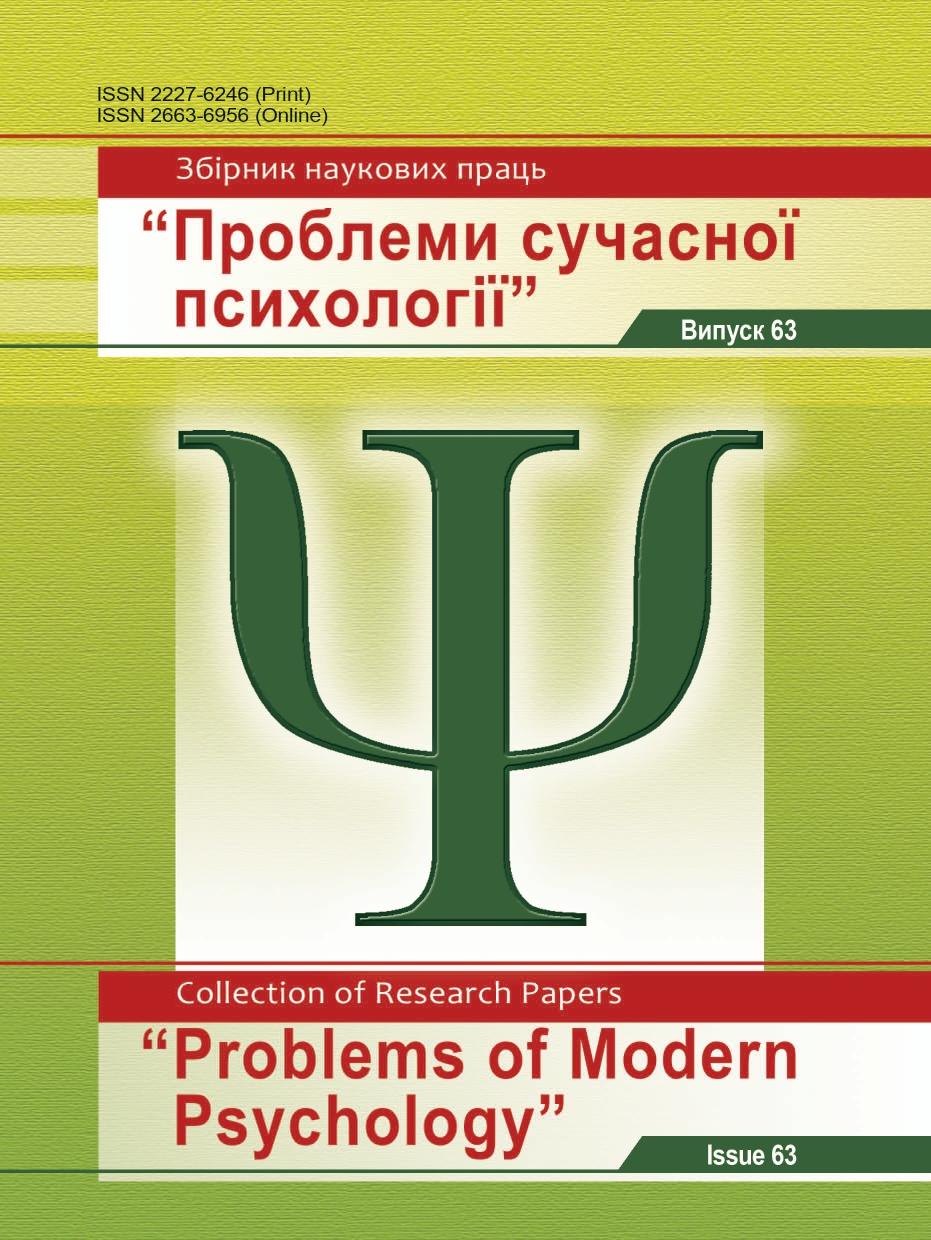Problems with the Requirement to “to Prove” as a Training of Creative Mathematical Thinking
DOI:
https://doi.org/10.32626/2227-6246.2024-63.199-218Keywords:
creative mathematical thinking, mathematical proof problems, thinking trainingAbstract
According to the results of the analysis of research on creative mathematical thinking, it was established that the exploratory mathematical process is the process of setting and solving a mathematical problem. It has been found that questions activate the mental actions of both those who ask them and those who answer them. It is emphasized that the process of solving a creative problem is determined by the performance of algorithmic and heuristic techniques that can and should be developed. They should contribute to the production of various ideas, their qualitative examination and selection.
The aim of the article research. To analyze the potential possibilities of the experience of solving problems with the requirement to “to prove” with the active use of cause and effect questions to activate creative mathematical thinking. For this purpose, the method of analyzing students’ searching actions while solving creative mathematical problems was used.
The results of the research. It was established that the application of a wide range of questions in the process of solving creative mathematical proof problems activates thinking components: understanding the problem, predicting solution ideas, approbation of thinking results, which become more complementary. It was found that special questions ensured the actualization of existing knowledge, experience, and skills, the flow of associations, imagination, which contributes to deepening the understanding of the meaning of a mathematical problem. It was established that predictive thinking actions, which under the influence of special questions generate a high-quality leading idea for solving the problem, contribute to filling it with content due to the active mental modification of structural elements, the emergence of thought new formations. The possibility of forming the skills of a critical attitude to various kinds of thinking discoveries with the help of their approbation with special questions has been proved. This becomes the basis for building a clear logical chain of reasoning from what is given to what needs to be proved in proof tasks.
Conclusions. Solving mathematical proof problems with the active use of cause and effect questions activates creative mathematical thinking.
Downloads
Published
How to Cite
Issue
Section
License
Copyright (c) 2024 Moiseienko Lidiia, Shehda Liubov

This work is licensed under a Creative Commons Attribution-NonCommercial 4.0 International License.
Copyright
The Editorial Board has the full right to publish original scientific papers containing results of theoretical and experimental research works which are not currently subject to review for publication in other scientific editions. The Author shall transfer to the editorial board of the Collection the right to spread the electronic version of the paper, as well as the electronic version of the paper translated into English (for papers originally submitted in Ukrainian and Russian) by all kinds of electronic means (placement at the official website of the Collection, electronic databases, repositories etc).
The Author of an article reserves the right to use materials of the paper, without approval with the editorial board and the founders of this Collection: a) partially or fully, for educational purposes; b) for writing own dissertation papers; c) for preparation of abstracts, conference reports and presentations.
The Author of an article can place electronic copies of the paper (including the final electronic version downloaded from the official website of the Collection) at:
- personal web resources of all Authors (websites, webpages, blogs etc.);
- web resources of the institutions where the Authors are employed (including electronic institutional repositories);
- non-profit public access web resources (for example, arXiv.org).
But in all cases, it is obligatory to have a bibliographic reference to the paper, or a hyperlink to its electronic copy placed at the official website of this Collection.







